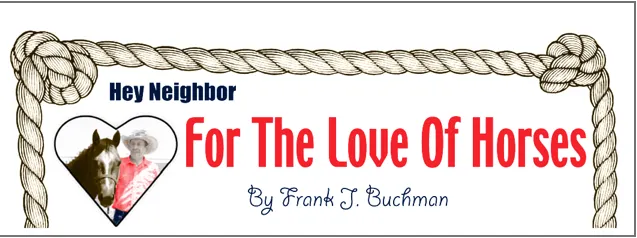By Frank J. Buchman
Kansas may have become more famous, perhaps infamous would be more appropriate, with the popular Wizard of Oz book and movie.
It was a “cyclone” that took Dorothy and Toto from their Kansas family farm home and twisted them into land of unknown and adventures thereafter.
While that’s a book made into a picture show, there’s reality that remains today. Truly, “cyclones” are dangerously, deadly, costly weather concerns in Kansas
Verification and fair warning came from Chad Omit, meteorologist for the National Weather Service in Topeka, during one of several recent weather spotters’ programs presented recently in area communities.
This program at Topeka last week was technical for most of the lay public as Omitt, very knowledgably, reviewed storm structure and accurate identification of important cloud features associated with “supercell and squall line” thunderstorms.
Most importantly, Omitt focused on severe storm safety, preparedness, and awareness.
Cyclones, twisters and tornadoes are different names for the same type of storm. “They are a violently rotating column of air, in contact with the ground, either as a pendant from a cumuliform cloud, or underneath a cumuliform cloud, and often but not always visible as a funnel cloud,” according to Omitt’s technical definition.
. “A funnel cloud is a condensation cloud, typically funnel-shaped and ex-tending outward from a cumuliform cloud, associated with a rotating column of air,” further scientifically described.
Kansas is said to be situated in the heart of “Tornado Alley,” averaging 61 tornados per year, resulting in an average of five fatalities. Most of these occur in May and June.
The National Weather Service says 2007 set a new record for the number of tornadoes in Kansas. That year recorded 137 tornadoes, surpassing the record of 135 set two years before.
On May 5, 2007, Kansas had 36 tornadoes. During the year, 14 people died in Kansas tornadoes, and 82 people were injured.
From January 1950-December 2009, Kansas ranked second nationally in average number of tornadoes per year with 60, and third in tornadoes per 1,000 square miles, at 44.
“It’s important to note that the marked increase in tornadoes reported in recent years has been due in no small part to an extensive, well-trained storm spotter network as well as chase teams who have provided critical real-time reports,” Omitt said.
Some people believe tornadoes won’t happen because of geographical features, such as a large hill or body of water. “Tornadoes don’t care. They’ll develop and move across lakes, hills valleys and do what they want to do,” Omitt said.
A tornado at Udall in Cowley County in May 1955 was the deadliest in the state’s history killing 80 people and injuring 200. Thirteen people were killed when a tornado struck El Dorado in June, 1958, with more than 80 injured.
For 11 days in 1966, cities across the state, including Topeka, experienced 59 tornadoes. On June 8, 1966, an F5 tornado ripped through Topeka, killing 17 people, and more than 500 were injured.
An F5 tornado hit the city of Andover in Sedgwick County on April 26, 1991, with 19 fatalities.
. When a tornado struck Greensburg in May, 2007, 11 people were kill, more than 60 injured and 95 percent of the town destroyed,
The F-Scale is a measure for rating tornado intensity based primarily on the damage tornadoes inflict on human-built structures and vegetation. It is determined by meteorologists and engineers after a ground and aerial damage survey.
High winds and flying debris associated with a tornado pose a significant threat. One should never near try to outrun a tornado in an urban area, or take shelter under bridges or overpass.
The general principle of sheltering, Omitt said, is “go as low as you can and put as many walls between you and the tornado as possible, while also covering yourself with items like heavy blankets or mattresses. It works.”
The worst places to be are outside, in a mobile home or in a vehicle. Omitt said the only time a person is advised to flee is if in a mobile home.
When in a car, it is advised to put the seat belt on, lower the head below windows, covering the head with hands, or a blanket.
“When a tornado watch is issued, be aware, ready to take shelter, alter plans to decrease vulnerability in case severe weather does develop,” Omitt said.
The National Weather Service issues severe thunderstorm warnings for thunderstorms that are producing or are capable of producing winds of 58 miles per hour or stronger and/or hail one inch in diameter or larger. “They should be taken seriously,” Omitt said.
“Living in Kansas isn’t dangerous, but there are a handful of days each year when people need to pay attention to the weather,” Omitt said.
Additional advice and information can be found at http://www.weather.gov.



